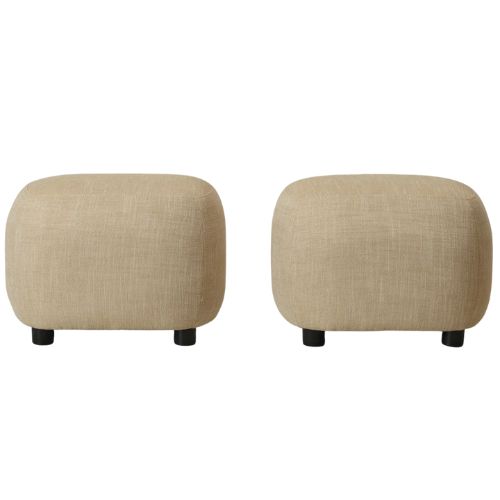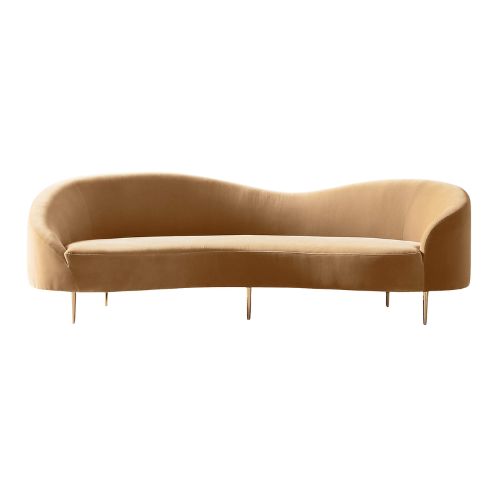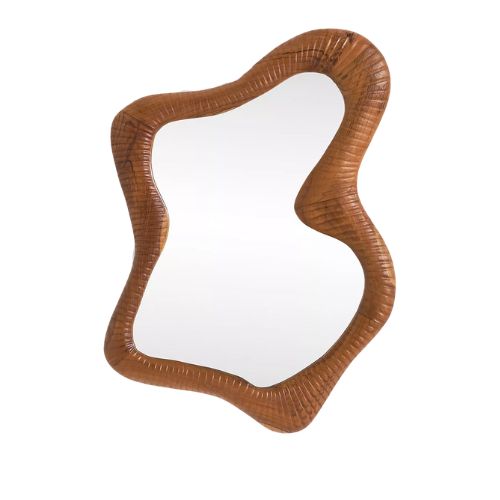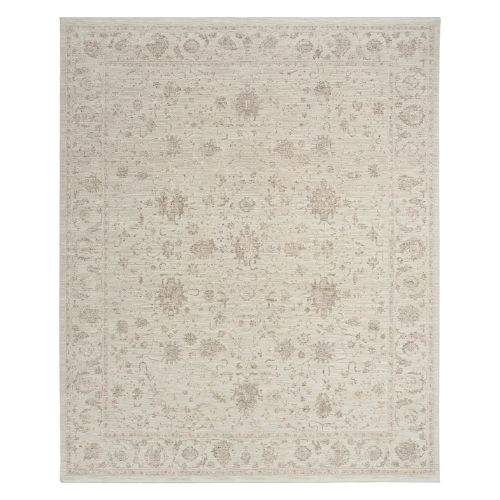Is Symmetry Out of Style? Designers Reveal the Rule-Breaking Living Room Layout Formula That’s Going to Redefine How We Decorate in 2026
Forget rigid, mirror-image layouts – today’s take on symmetry is relaxed and much more characterful
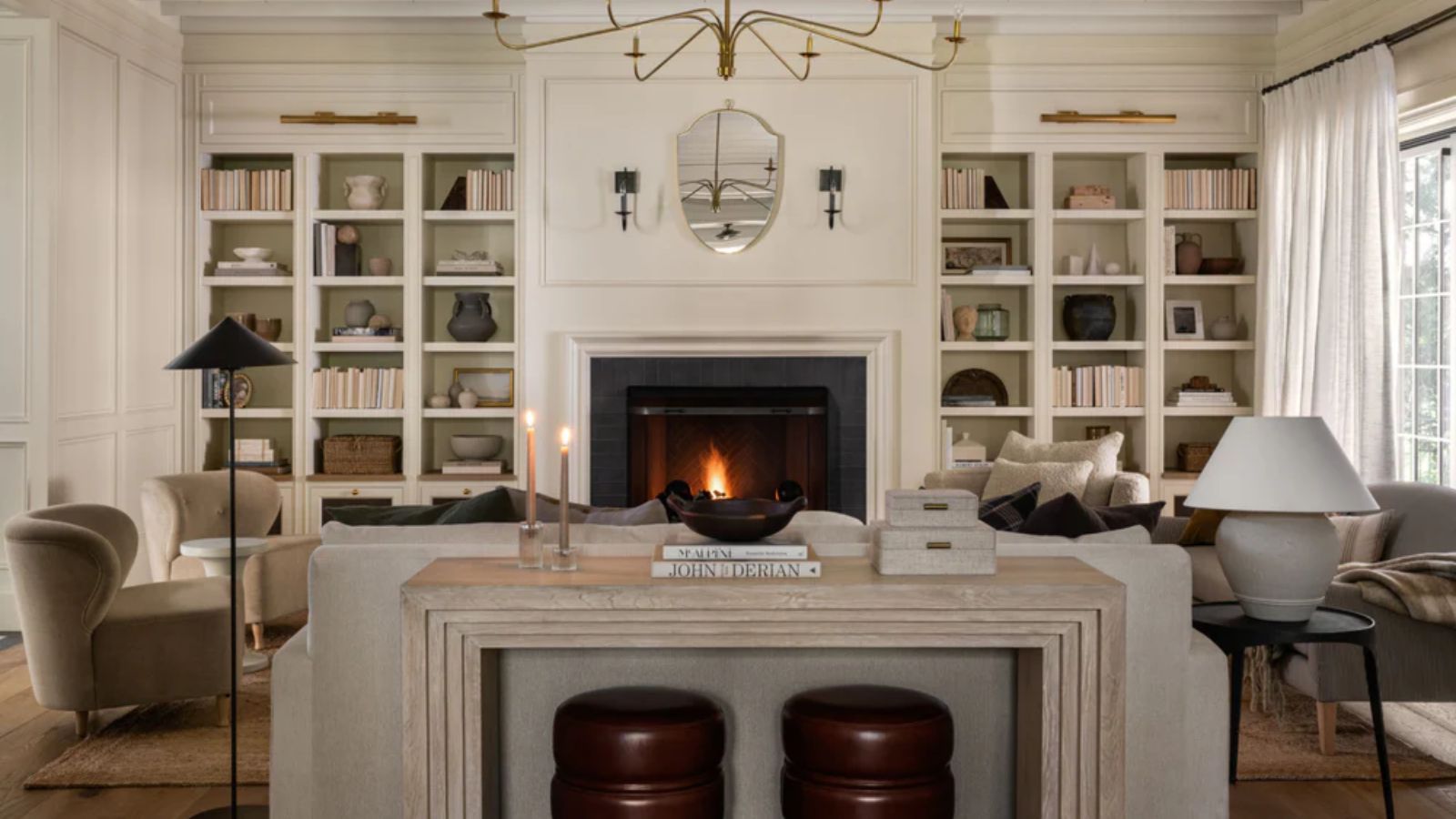

Symmetry has long been the go-to layout trick to help create a calm and orderly living room layout – think matching sets, perfectly paired lamps, and mirrored joinery. But lately, a shift has been happening as designers have moved away from mirror images in favor of something a little more lived-in.
But are symmetrical, perfectly designed living room layouts really going out of style? Or, is it simply being used a little differently?
Unfortunately, the answer isn't straightforward. While some designers still love using symmetry in interior design, others believe a dose of asymmetry is what gives a space energy and personality. Most, however, are finding ways to blend the two in clever, subtle ways. Here, designers reveal how they’re approaching living room layouts for 2026 and beyond.
Are Symmetrical Living Room Layouts Out of Style?
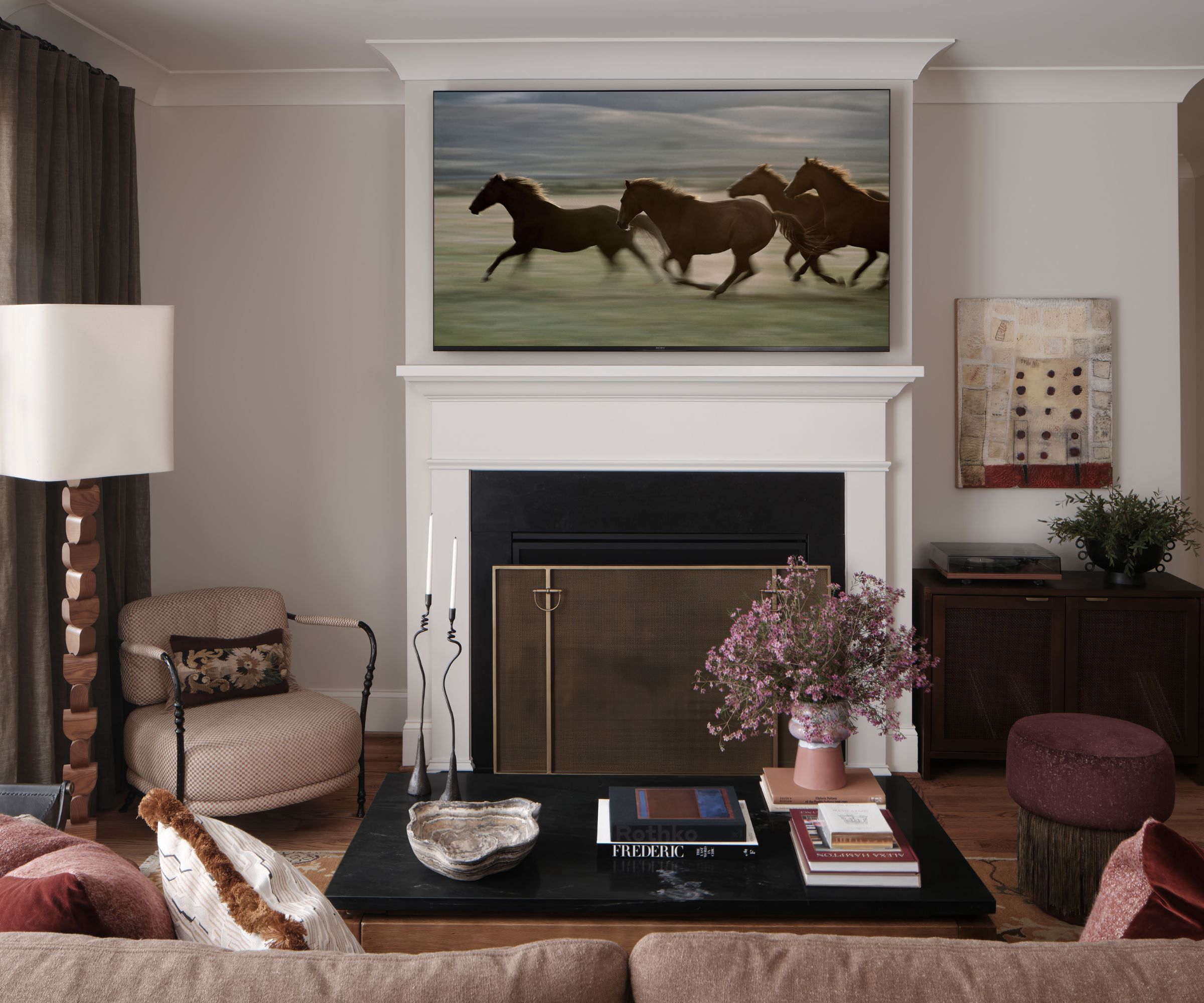
Across the board, designers agree that symmetry certainly isn't disappearing anytime soon – but the idea of a perfectly mirrored living room layout is evolving.
'Symmetry will always have a place in design, it brings a sense of balance and calm that never really goes out of style,' explains designer Sean Symington. 'I love to use symmetry as a starting point, then soften it with subtle differences so it doesn’t feel too rigid. Symmetry is more formal, while asymmetry is more informal and gives a space a softer, more relaxed energy,' he adds.
The team at LTA Interiors echoes this, describing symmetry in a living room as 'timeless, grounding, and instantly pleasing to the eye. Symmetry brings a sense of calm and order, while asymmetry, on the other hand, adds life and personality. It feels more organic, inviting the eye to wander and discover.'
Designer Sarah Ellison of Frank & Faber also believes symmetry is here to stay – just in a more relaxed form. 'Symmetry isn’t out of style, it is a classic building block of design, and there is something reassuring and innately pleasing about its formality,' she explains. 'But I would argue that the way we use it has evolved.'
Design expertise in your inbox – from inspiring decorating ideas and beautiful celebrity homes to practical gardening advice and shopping round-ups.
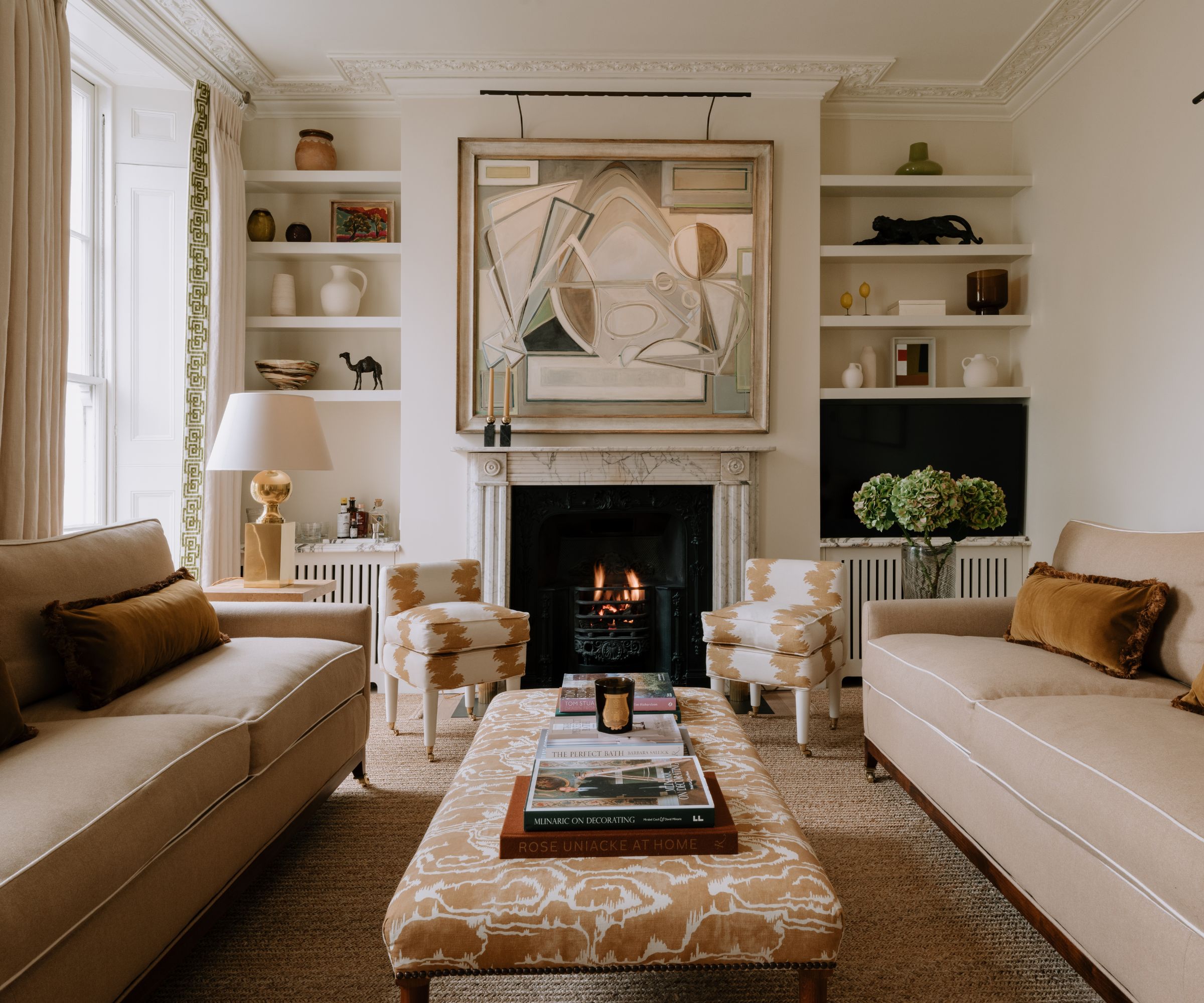
'Perfectly mirrored living rooms can sometimes feel a little formal or predictable, so we tend to soften that balance. We might still anchor a space around a central focal point – a fireplace, artwork, or view – but then introduce subtle variation in textures, shapes, and tones or even the angles of living room furniture so the room feels lived-in,' Sarah suggests.
So, rather than declaring symmetry as totally "in" vs "out", it might be better to first determine if it works for or against you.
Certain living rooms, particularly those with strong architectural features, naturally lend themselves to symmetry, and it feels like the obvious, most relevant starting point.
Alissa Johnson notes that 'Some spaces call for the calm and structure of symmetry, especially if there’s a strong central feature like a living room fireplace or large window. Others feel more alive with a bit of asymmetry, like mixing seating styles, incorporating varied lighting, or arranging art that naturally leads the eye around. The key is to read the room and let the architecture really guide you rather than sticking to one approach.'
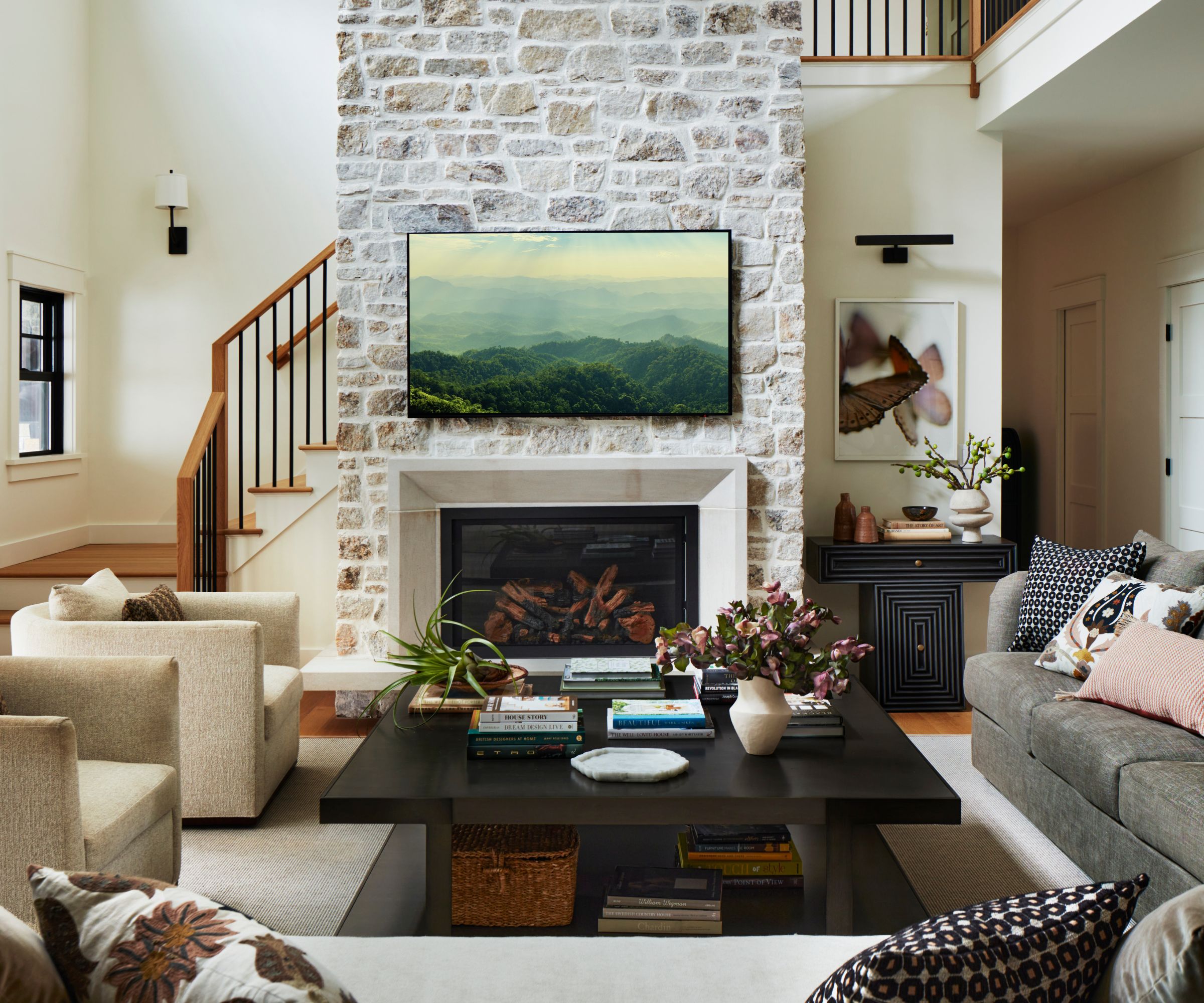
Kathy Kuo agrees, noting that symmetry can also enhance the functionality of a sociable living room. 'I lean toward subtly asymmetrical living room designs that don’t perfectly match, but symmetrical living rooms certainly still have their place.'
'While symmetrical living room layouts may be formal by nature, they can be amazing for encouraging conversation,' adds Kathy. 'Think about it: Styling two sofas directly across from each other creates a natural opening to chat with the people seated opposite. Just make sure the footprint of the room is well-suited to a symmetrical layout. For example, if a key architectural feature like a fireplace or doorway is offset, choosing a symmetrical furniture layout may feel a bit forced and unbalanced,' she advises.
On the other hand, designers praise symmetry for bringing calmness and connection, but asymmetry brings a character and layered look that feels more lived-in, as opposed to looking overly designed or staged.
Michael Tyrrell from OWN LONDON, adds that while 'Symmetry can be beautiful in the right setting, in a family home it may feel overly formal. These spaces often serve multiple functions and are rarely symmetrical by design, so it makes sense to embrace that natural asymmetry. Focus instead on achieving visual balance; with thoughtful finishes and proportions, a slightly asymmetrical layout can feel even more elegant and characterful,' Michael advises.
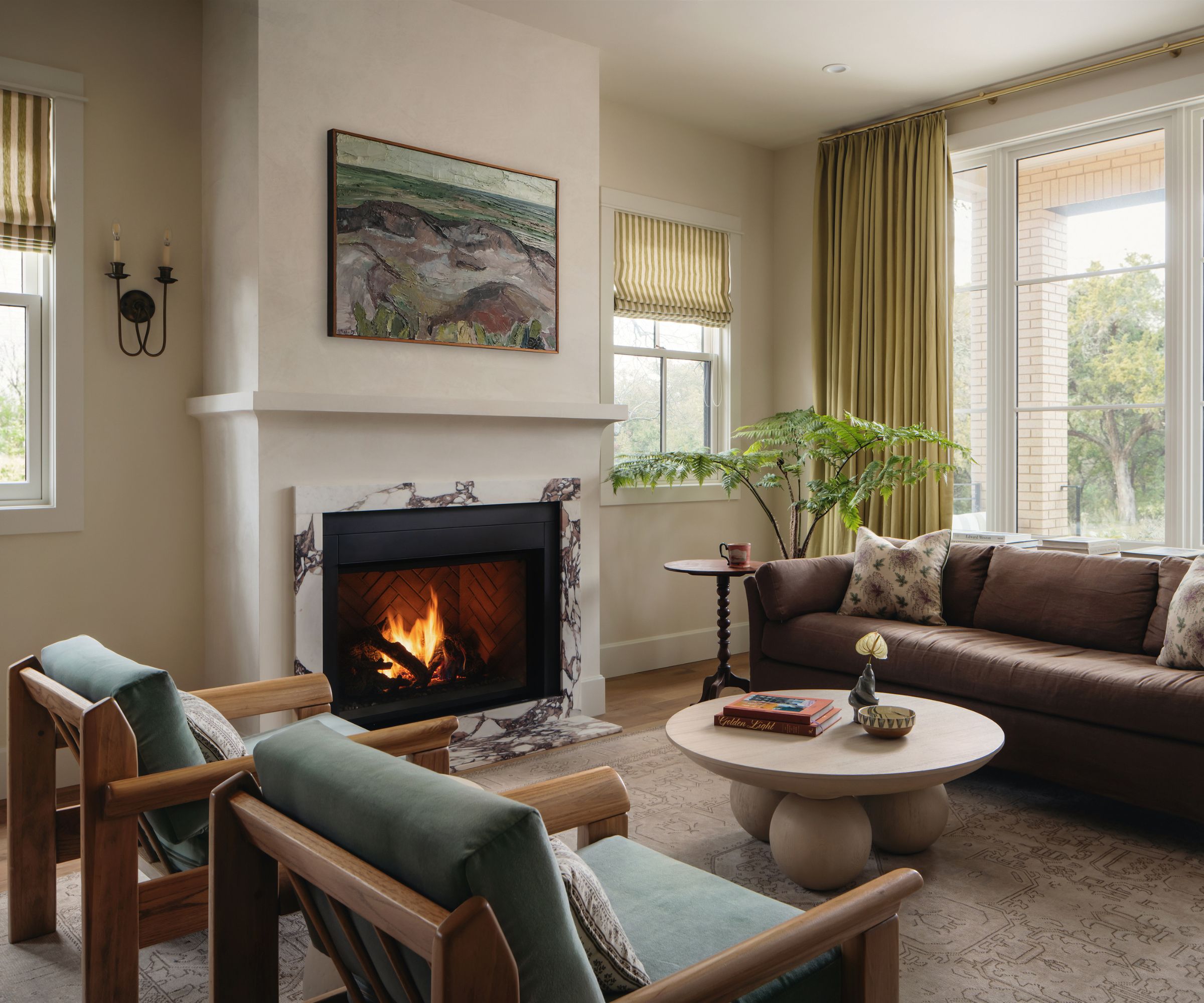
'Both symmetry and asymmetry have their place, and we think it’s less about choosing sides and more about knowing when each one works best,' add the team from LTA Interiors.
So how do you achieve that balance? 'An off-centered artwork above a console, or a mix of chair styles around a table, can make a space feel relaxed and lived-in,' they suggest. 'The best rooms often blend symmetry, which provides structure, and asymmetry, which keeps it from feeling static.'
Fern Ford, architect at Project London, adds a helpful rule of thumb: 'Combine symmetry for structural or architectural features (like fireplaces or windows) with asymmetrical accessories like lighting, art, or side tables to create a relaxed but polished feel.'
'Symmetry creates a sense of order and formality, while asymmetry introduces movement and personality,' Fern continues. 'Most sophisticated interiors combine both approaches: symmetry highlights architectural features, while asymmetrical elements, such as lighting, tables, or decorative objects, add character. The balance should reflect the room’s purpose, client preferences, and the desired atmosphere.'
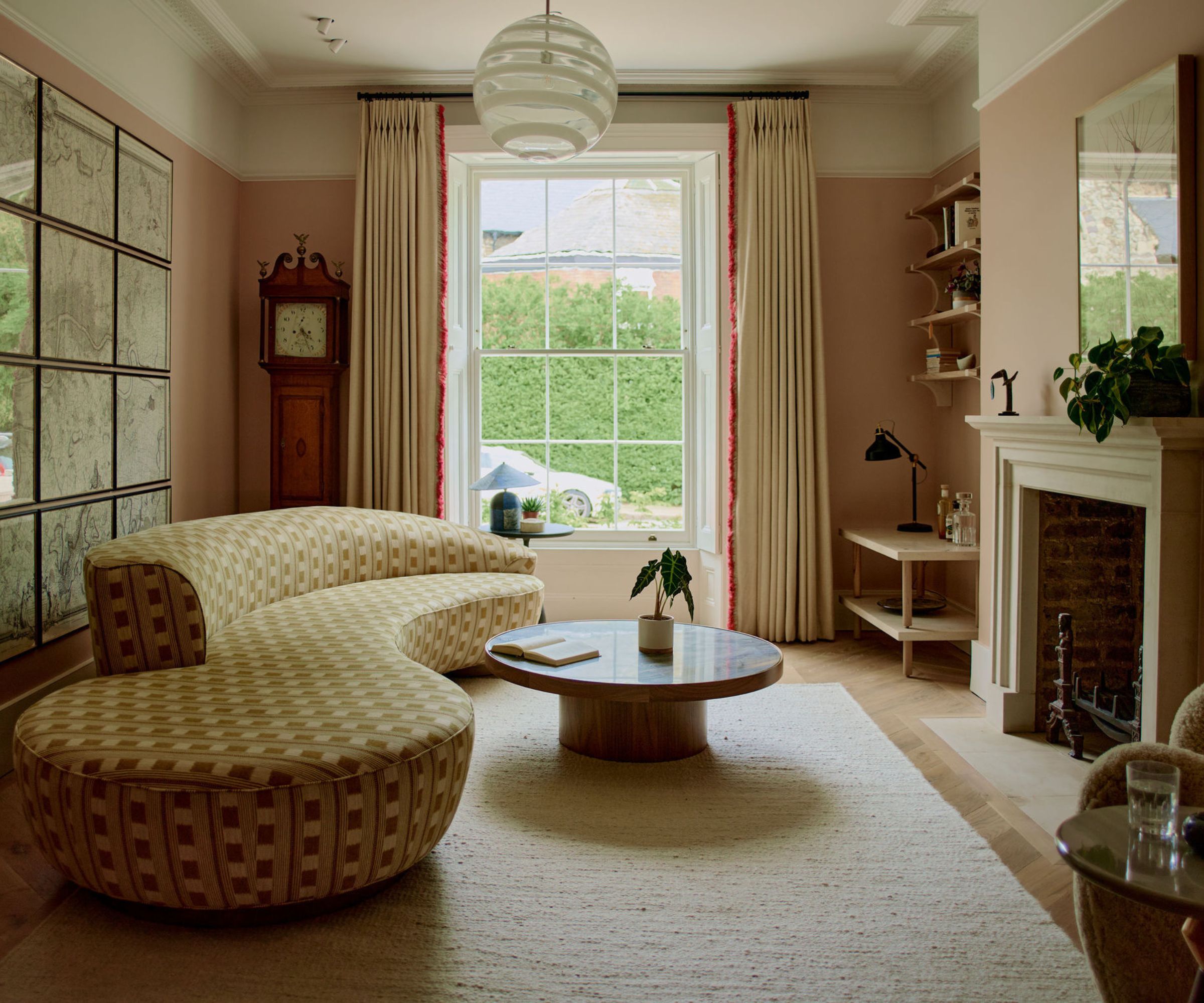
Striking the right balance requires a bit of restraint on both ends of the spectrum. Often, the biggest living room layout mistake is to lean too symmetrical or too asymmetrical. Instead, designers recommend a mix of the two approaches.
Sean suggests: 'If you have a very formal, symmetrical layout, balance it with those layers of pattern and texture to inject warmth and personality. It’s this mix of structure and softness that makes a space feel truly lived-in.'
'Mixing pieces of different heights, from floor and table lamps to varied artwork and furniture, adds rhythm and depth,' Sean continues. 'The same goes for soft furnishings, layering different patterns and textures helps a room feel more inviting. For example, you might have a pair of armchairs flanking a fireplace, but vary the fabrics, add mismatched cushions, or choose lamps of different heights.'
Rather than choosing symmetry or asymmetry, most designers now aim for something in between. Laura Lubin of Ellerslie Interiors coins a new term, adding: 'I love structured asymmetry. There’s harmony in tension – a layout that feels balanced without being predictable. I’ll anchor one side with visual weight and let the opposite breathe.'
'We often start with a symmetrical foundation, such as twin sofas or armchairs, and then soften the look with offset lighting, artwork, or an asymmetrical rug placement,' designer Lauren Gilberthorpe suggests. 'The goal is balance rather than mirror-image precision. A space should feel considered but lived in.'
So, are symmetrical living room layouts out of style? Designers overwhelmingly say no – but instead, today's approach is far more nuanced. Use symmetry to create order, soften it with asymmetry for personality, and let the architecture dictate the balance between the two.
'It’s really less about strict uniformity and more about creating harmony,' adds Sarah Ellison. 'A space should feel collected and comfortable, not staged. So yes, symmetry still has a place – but with a lighter touch and a bit more personality.'

Charlotte is the style and trends editor at Homes and Gardens and has been with the team since Christmas 2023. Following a 5 year career in Fashion, she has worked at many women's glossy magazines including Grazia, Stylist, and Hello!, and as Interiors Editor for British heritage department store Liberty. Her role at H&G fuses her love of style with her passion for interior design, and she is currently undergoing her second home renovation - you can follow her journey over on @olbyhome
You must confirm your public display name before commenting
Please logout and then login again, you will then be prompted to enter your display name.
